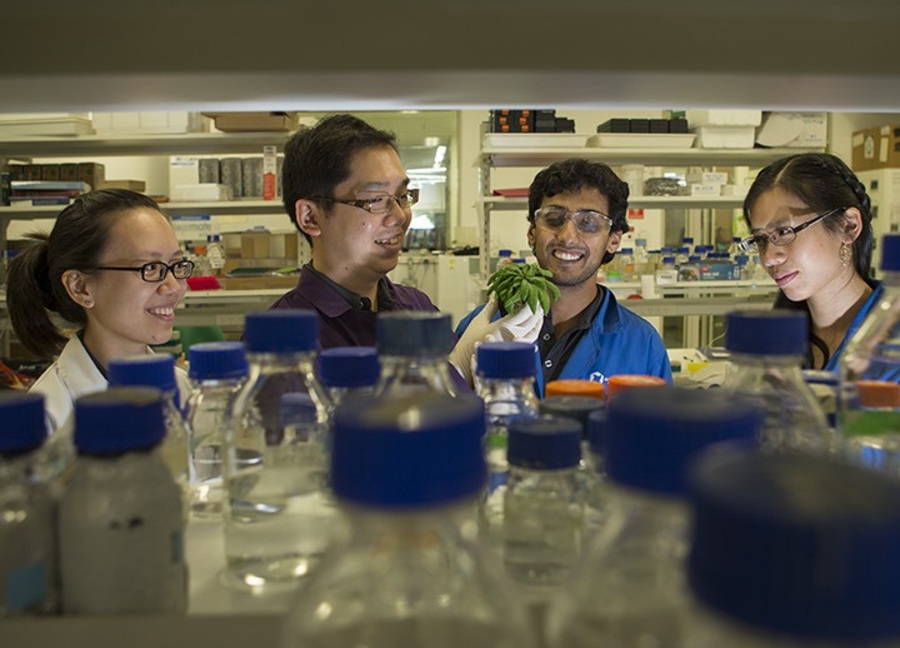Originally published by ANU Newsroom
Professor Barry Pogson, from The Australian National University (ANU) and one of the study's senior researchers, said humans and other animals would not have evolved if there were no plants on land because they need oxygen to breathe.
"Land plants play that vital role of releasing oxygen into the atmosphere," said Professor Pogson from the ANU Research School of Biology.
Professor Pogson said the team had found the drought alarm system in all land plants they examined.
"We first found this alarm system in a model laboratory plant a few years ago, but the significance of this most recent discovery is that we have been able to trace this system back to a time before plants were on land," he said.
The team's experiments on species of land plants and algae indicate this alarm system helps plant species protect against drought by triggering the closure of stomata, which are pores that release water vapor and take in carbon dioxide.
The other two senior researchers are Associate Professor Zhonghua Chen from Western Sydney University in Australia and Professor Doug Soltis from Florida Museum of Natural History in the US.
Associate Professor Chen said the alarm system, which he describes as a molecular signalling and protection system, was first assembled in the ancestor algae about 580 million years ago before being passed on to land plants.
"In plants, the same molecular signalling and protection system found in this algae appears to have played a really important role in helping plants endure drought and other harsh conditions as they colonised land," he said.
Professor Soltis said the system that evolved in algae was like building blocks which were used to help make land plants tolerant to drought.
"The same system in the algae did not protect against drought as the algae were in water - the system likely served another important purpose in the survival of those species," he said.
Professor Pogson and ANU colleagues, including co-lead author Dr Kai Xun Chan, are working on helping plants to survive longer in drought conditions, which could eventually benefit major food crops such as barley, rice and wheat.
"Intriguingly, this warning and protection system is activated by a part of the plant and algal cell called chloroplasts, which perform photosynthesis," said Dr Chan from the ANU Research School of Biology.
"This raises new questions on how photosynthesis and chloroplasts might have shaped the evolution of plants. We will capitalise on the widespread functionality of this warning and protection system in all land plants to try to find a way to engineer drought tolerant crops."
The research is published in Proceedings of the National Academy of Sciences of the United States of America (PNAS): www.pnas.org/cgi/doi/10.1073/pnas.1812092116

